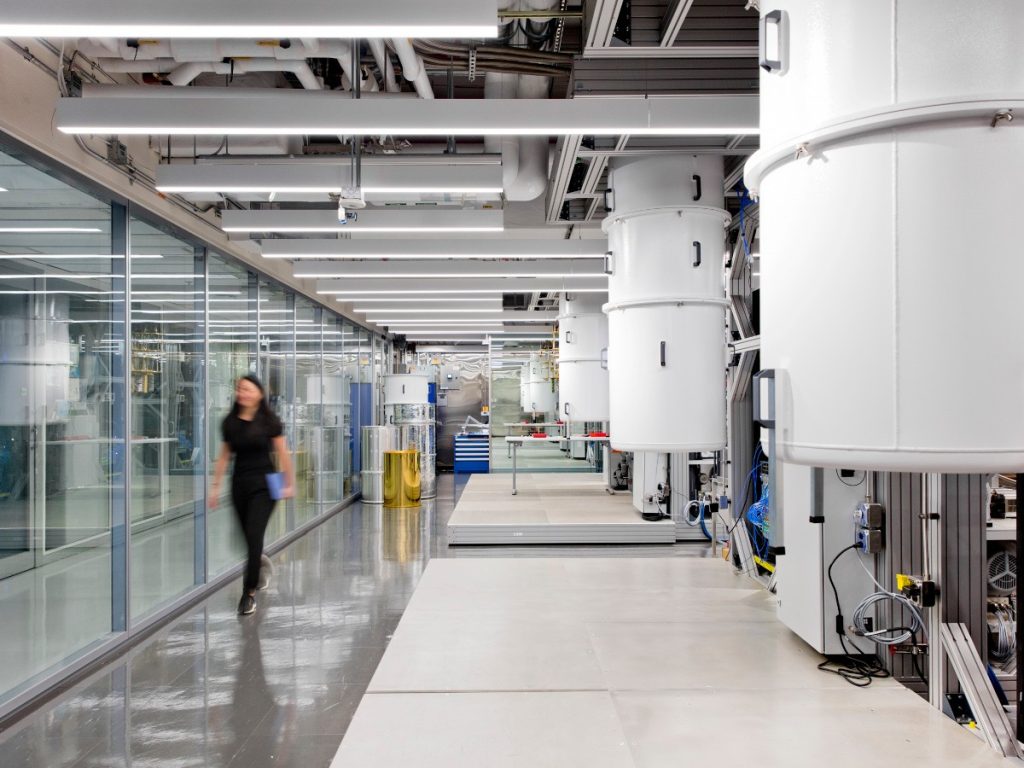This hybrid approach allows the two technologies to independently tackle parts of a problem, providing results classical computing cannot.
Semiconductor giant AMD and enterprise software and quantum leader IBM are joining forces to build “next-generation” computing architecture by combining quantum computers and high-performance computing (HPC).
The two companies are collaborating to develop scalable, open-source platforms that which could potentially impact the future of computing. They plan to do so by leveraging IBM’s state-of-the-art quantum computing tech and software and AMD’s leadership in HPC and AI accelerators.
Quantum computing utilises the unique behaviours of quantum physics to its advantage, giving it exponential power to compute at a scale much faster than traditional computing.
These properties enable a much richer computational space to explore solutions to complex problems beyond what classical computing can do, including in fields such as drug discovery, materials discovery, optimisation, finance and logistics, among so much more.
In this new quantum-centric supercomputing architecture, quantum computers work together with powerful HPC and AI infrastructure. In this hybrid approach, for example, quantum could simulate the behaviour of atoms and molecules, while classical supercomputers powered by AI could handle massive data analysis.
Together, these technologies could tackle real-world problems at unprecedented speed and scale, the collaborators claim.
AMD and IBM are currently exploring how to integrate AMD’s CPU’s, GPU’s and Field Programmable Gate Arrays with IBM’s quantum computers to efficiently accelerate a new class of emerging algorithms which are outside the current reach of either paradigm working independently.
The teams are planning an initial demonstration later this year to show how IBM quantum computers can work in tandem with AMD’s tech to deploy hybrid quantum-classical workflows. The proposed effort, the two say, could also help progress IBM’s plans to develop fault-tolerant quantum computers by the end of the decade.
“Quantum computing will simulate the natural world and represent information in an entirely new way,” said Arvind Krishna, the chairperson and CEO, IBM.
“By exploring how quantum computers from IBM and the advanced high-performance compute technologies of AMD can work together, we will build a powerful hybrid model that pushes past the limits of traditional computing.”
IBM is already working towards integrating these new technologies together, including through a recent partnership with Riken, a research laboratory in Japan. Together, the two unveiled the first IBM Quantum System Two outside of the US. The company is also working with Cleaveland Clinic and companies such as Lockheed Martin to demonstrate how combining quantum and classical resources could solve complex problems beyond what classical computers can do.
“High-performance computing is the foundation for solving the world’s most important challenges,” said Dr Lisa Su, the chairperson and CEO of AMD.
“As we partner with IBM to explore the convergence of high-performance computing and quantum technologies, we see tremendous opportunities to accelerate discovery and innovation.”
Earlier this year, IBM announced 75 new R&D jobs in Waterford to develop its enterprise infrastructure Z and Linux One.
Don’t miss out on the knowledge you need to succeed. Sign up for the Daily Brief, Silicon Republic’s digest of need-to-know sci-tech news.

